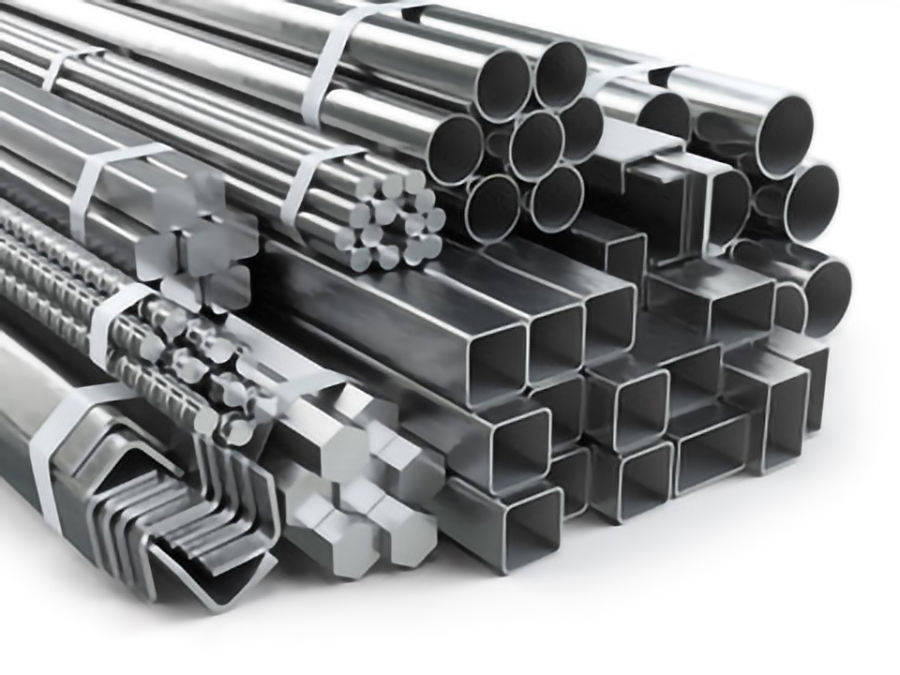Today steel is widely used in various industries and its products reach every home in various forms. Steel is manufactured in various compositions, and these alloys have different properties. The properties of steel are derived from the properties of the alloying elements with the steel. The cost of steel depends on its composition and use.
Boron steel has high hardenability (the ability of a metal alloy to harden by heat treatment) and strength. Boron, when added to fully oxidized steel, especially mild steel, imparts these properties to the steel without loss of ductility (the ability of the material to stretch), formability (the ability to shape the material), and machinability (the ease of working with the metal machined to an acceptable surface finish). The amount of boron added in this steel is usually in the range of 0.003-0.005%.
Carbon works in a dual manner when alloyed with steel. The addition of carbon to the steel controls the attainable hardness and greatly increases the hardenability of the steel. Carbon steel has improved hardenability. These steels are used in less critical applications in non-corrosive environments and are generally not heat treated. The percentage of carbon in carbon steel is usually kept in the range of 0.06-0.90%.
Chromium stainless steel plate has high hardenability and high corrosion resistance and oxidation resistance. This stainless steel plate can withstand high temperatures and has high wear resistance. Chromium steel is brittle, and the chromium content is above 0.15%.

Both chromium and molybdenum can increase the hardenability of stainless steel. This steel has strong corrosion and oxidation resistance. It can withstand high temperatures and wear. Molybdenum in steel maintains hardenability within the required range and increases high temperature service strength. The content of chromium in this steel is kept between 0.40-1.10%, and the content of molybdenum is between 0.08-0.25%.
Nickel-chromium stainless steel has high hardenability. This steel is corrosion resistant due to chromium and has high wear resistance to oxidation and wear. It has high temperature strength and higher toughness at a specific carbon content. The nickel content in nickel-chromium steel is between 3.25-3.75%, and the chromium content is between 1.25-1.75%.
Chromium vanadium steel has higher toughness. It is resistant to corrosion and oxidation, and has high temperature strength and wear resistance. Both chromium and vanadium increase hardenability, and vanadium inhibits grain growth during heat treatment. The alloying range of chromium in chromium vanadium steel is 0.8001.10%, and the amount of vanadium is more than 0.15%.
High-strength steel is a special steel with high strength that can work at extremely high temperatures. This steel is suitable for specific applications where strength is the main requirement. The general composition for high temperature strength is usually; -0.40%) and vanadium (0.05 to 0.23%).
High temperature steels are designed for boiler tubes, pressure vessels and steam turbines that require high temperature operation. These steels are highly resistant to mechanical and chemical degradation at high temperatures. Common components of high temperature steel include carbon (0.28-0.50%), manganese (0.45-0.90%), silicon (0.15-0.75%), chromium (0.80-1.50%), nickel (0.25-0.50%), molybdenum (0.40- 0.65%) and vanadium (0.20-0.95%).
